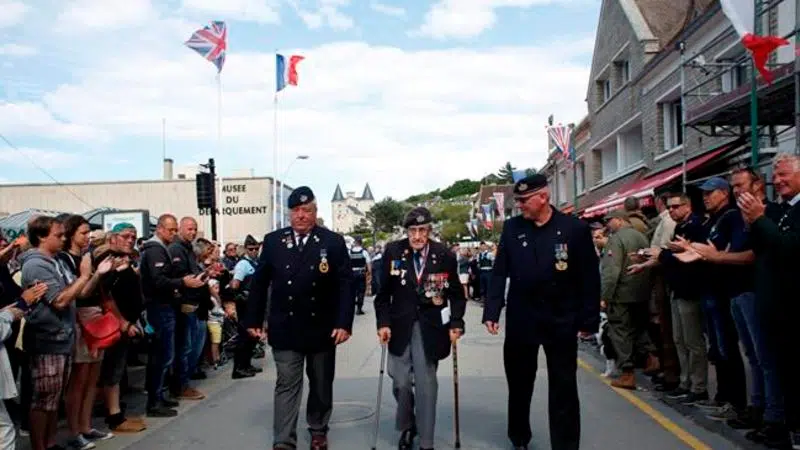
D-Day at 75: Nations honour aging veterans, fallen comrades
OMAHA BEACH, France — Standing on the windswept beaches and bluffs of Normandy, a dwindling number of aging veterans of history’s greatest air and sea invasion received the thanks and praise of a world transformed by their sacrifice.
The mission now, they said, was to honour the dead and keep their memory alive, 75 years after the D-Day operation that portended the end of World War II.
“We know we don’t have much time left, so I tell my story so people know it was because of that generation, because of those guys in this cemetery,” said 99-year-old Steve Melnikoff of Maryland, standing at Colleville-Sur-Mer, where thousands of Americans are buried.

